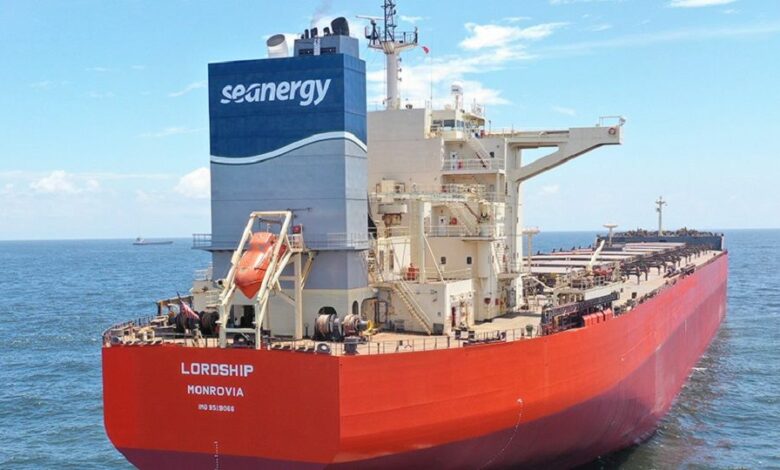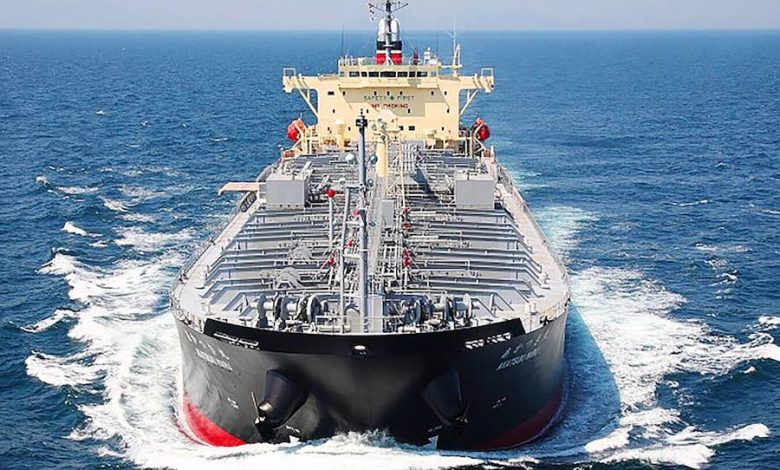Ukraine is ready to make a deal, US President Donald Trump said while addressing the annual World Economic Forum (WEF) in Davos, Switzerland via teleconference.
Trump was answering a question from WEF President Borge Brende as to whether there will be a peace agreement by the time of next year’s meeting in Davos.
On Wednesday Trump had threatened new sanctions and high import tariffs, urging Russia to bring the Ukraine conflict to an end and strike a deal. He also had proclaimed his “love” for the Russian people and insisted he was “not looking to hurt Russia.”
The Kremlin sees nothing new in Trump’s threats of sanctions and tariff increases, Russian President Vladimir Putin’s spokesman Dmitry Peskov responded on Thursday.
Peskov emphasized that Russia remains open to “an equal and mutually respectful dialogue,” similar to the exchanges that occurred between Putin and Trump during his first term. “We are waiting for signals, which have not yet been received,” he said.
Trump’s pick for US Secretary of State, Marco Rubio, said on Monday that he could not say when the hostilities between Moscow and Kiev would end, but said each side would have to concede “something” in order to resolve the conflict.
Trump has repeatedly promised to stop the fighting between Moscow and Kiev within 24 hours after he’s back in office. Midway through his inauguration day on Monday, the US president was asked by journalists whether he would be able to keep the promise. Trump joked that “it’s only half a day” and he has “another half a day left,” adding “We will see.”
In the weeks leading up to his inauguration, Trump adjusted his timeline for resolving the conflict, expressing hope to negotiate peace within six months. His nominee for envoy on the Ukraine conflict, retired Lieutenant General Keith Kellogg, suggested that a deal could be brokered within 100 days of the inauguration.
In recent weeks, US media outlets have reported that Trump’s team is mulling a peace plan for Ukraine which could include a ceasefire along the current front lines and the creation of an 800-mile (1,300-kilometer) demilitarized zone patrolled by European troops.
Earlier this week, the Russian leader commended Trump’s intention to resume contacts between Moscow and Washington, which had been halted by the Biden administration. Moscow has never “refused dialogue” with Washington and has always expressed readiness to deal with any US administration, the president noted.
Source: Rt.com

















